How to be productive at home

Among the many wide-ranging effects of the coronavirus pandemic is the disruption of established routines and habits. Whether you’re now working from home, furloughed or just trying to manage day-to-day tasks in newly challenging circumstances, we’ve all had to hit the ground running with little time to adjust. And while restrictions are easing, time at home is likely to feature more and more in the ‘new normal’, so it’s important to look at how you’re spending your time and ways to maximise your productivity.
We’ve compiled a list of 10 productivity tips to help you stay focused and achieve more by wasting less time and improve your work/life balance and general wellbeing. Even if you're not working from home, there are plenty of useful ideas to keep you feeling productive and energised.
1. Rise and shine
It’s no secret that an early start makes all the difference to the day’s productivity - especially following the recommended 7-9 hours of sleep. And, while it’s tempting to let regular bed and wake-up times slip now we no longer have to rush for the train, it can really help to take more active control of your sleep schedule and keep to a routine. If you’re struggling to get out of bed, or are lying there wide awake before your alarm, play around with your bedtime, moving it an hour later or earlier to find what works for you. Then stick to it. The early bird may catch the worm, but they need to be just as early tomorrow if they want to catch the next one!

2. Get in the zone
Leaving the house and going to a separate workplace significantly helps you make the switch to ‘work mode’, mentally as well as physically; so while working from home removes the commute (and much of the dress code!) from the working day, many find it also removes that all-important work/life divider too. You may have enjoyed the initial extra lie-in and wearing PJs all day, but you may well find it more productive to return to rising at the same time, showering, dressing and having breakfast as you used to; clearly marking the start of the working day. Similarly, ending the day by turning off work devices and even changing outfits can also help mark the return to ‘home mode’. Or perhaps a brief walk or bike ride in place of your old commute and the wind down that may have brought you.
3. Sort your space
Having a dedicated area to work, with a practical and comfortable set up, is hugely important not only for your productivity but also your health and wellbeing. Sitting on the sofa, hunched over a laptop is not ideal long term. Of course, not everyone has a spare room they can take over but if at all possible try to designate a space for work, which you can leave (or pack away) at the end of each day - even if that’s just the kitchen table or a desk in your bedroom. Keep the area clear and free of distractions, as you would in your workplace - no TV or talk radio in the background just because you can.
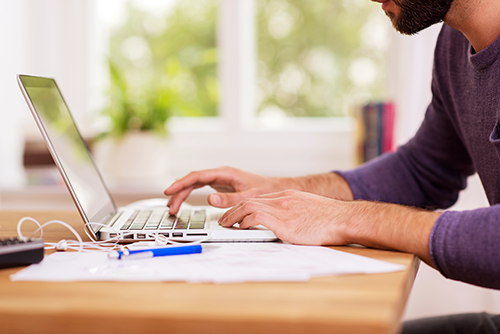
4. Be mindful
Abraham Lincoln once said that with only 6 hours to cut down a tree, he’d spend 4 of them sharpening his axe; emphasising the importance of preparation as part of a task itself. So while it’s tempting to jump straight into your day ASAP, it can be far more effective to build in time for reflective mindfulness, to clear your head and sharpen your mental axe - even just for 5-10 minutes. “Stability, control and efficiency” were the three qualities of attention found by Science Daily to be improved by mindfulness; with those who practised it remaining vigilant for longer on both visual and listening tasks. If you’re unsure where to start, a handy guide is available on Mindful.org. Today’s to do list should feel much more manageable with a decluttered mindset.
5. Take five, frequently
With the lack of routine, it can be easy to lose a sense of time and forget to take a break. Even if you’re purposely pushing yourself, to get tasks done in certain hours to juggle things like home schooling or other household tasks, research has found that it’s better for your productivity and your wellbeing to schedule regular breaks into the day. Even just a 5-minute break every hour to get up, walk around (outside if possible) and have a stretch or a cup of tea to get you away from the desk and refresh your mind, should have a positive impact on your focus and energy levels. If possible, try to take a full lunch break, just as you would in the office. A proper break (with a side of fresh air) can do wonders for your afternoon productivity.
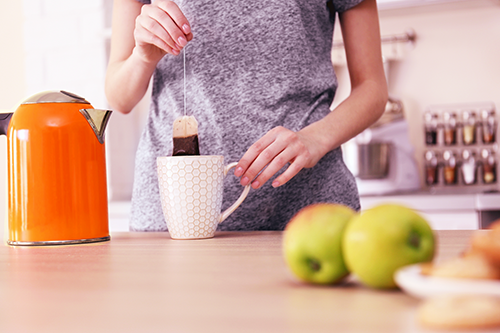
6. One task at a time
‘Multitasking’ is often made to sound like an effective way to work, but some studies suggest it can make us less productive and lower the quality of our work. That’s because every time we switch tasks, we spend a little energy backtracking to remind ourselves where we were, in a way that wouldn’t happen if we focused on one project at a time.
Author Mark Twain once said that eating a live frog every morning means you can go the rest of the day safe in the knowledge the worst part is over! …while we do not support or agree with that literal course of action, we do agree it’s wise to tackle the biggest priority on your list as early as possible, to avoid putting it off or expending valuable energy elsewhere. Once it’s done, you’ll be able to tackle the rest of your tasks with the momentum of a job well done; and the perspective of having the biggest task out of the way.
7. Don’t bring your work home
A good work/life balance is important to keep both sides thriving. Without the commute to ‘decompress’ after a day’s work, it can be hard to switch off and give your home life the attention it requires, connecting with activities and the people we love. Be strict with yourself on an end time each day and do your best to ensure that when the work day’s over, it really is over.
Making time for family and friends can help reduce stress and depression; and give a healthy sense of perspective and connection to things going on outside the world of work. As long as you’re adhering to current government guidelines, going for ‘socially distanced’ walks with loved ones can be a real tonic, but even a phone or video call from afar can have a big, positive impact.
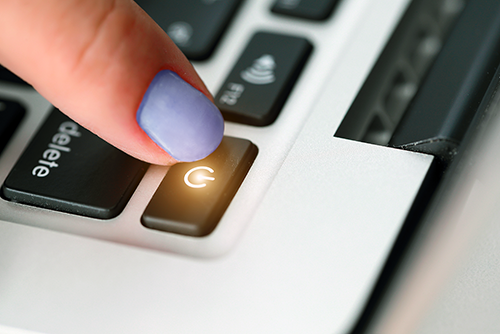
8. Make a to-do list
That doesn’t mean you can’t allow a little inspiration from work habits to inform your home life…For both work and household jobs, making a to-do list of tasks is a tried-and-tested way to get your head around what needs doing. Putting things in order of priority and adding structure can keep you from feeling overwhelmed when trying to balance workload and household chores. If you live with people, spend some time thinking about how best to split chores amongst you, so you don’t feel it’s all on you. More hands mean less work, so more time for you to clear your mind and focus on work when you need to.
9. Clear your mind before bed
Nothing disrupts a night’s sleep like a head full of tomorrow’s jobs. Once you’re in bed, the best thing you can do to tackle your tasks is sleep well, so try emptying those thoughts onto a notepad, or set reminders in your smartphone calendar. You might be surprised how getting thoughts out of your head can relax your mind, knowing that you won’t forget them all by the morning. If more worries or a sudden stroke of genius pop up at 3am, your notepad will be there, ready to preserve them until tomorrow.
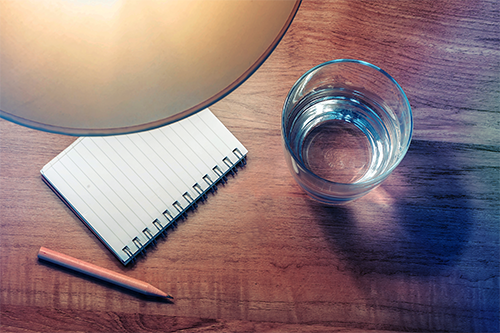
10. Learn what works for you
Everyone’s personality and circumstances are different, so try things out and adjust to discover what works best for you, so you can optimise your productivity. In such unprecedented circumstances, there’s nothing wrong with taking your time to do so - don’t put pressure on yourself to get it right from the get go. If it takes a little longer to find your stride in the short term, with time at home becoming an increasingly prominent part of the ‘new normal’, it will be worth having taken it slow, steady and safe, in the long term.
You might also be interested in
Understanding your home cover and when it applies
Take a look at our tips & keep your home covered
Top indoor kids activities
From scavenger hunts to talent shows, ideas for those rainy days
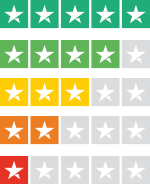
We'd really like to hear your views
Let us know how we’re doing – after all what matters to you, really does matter to us.

